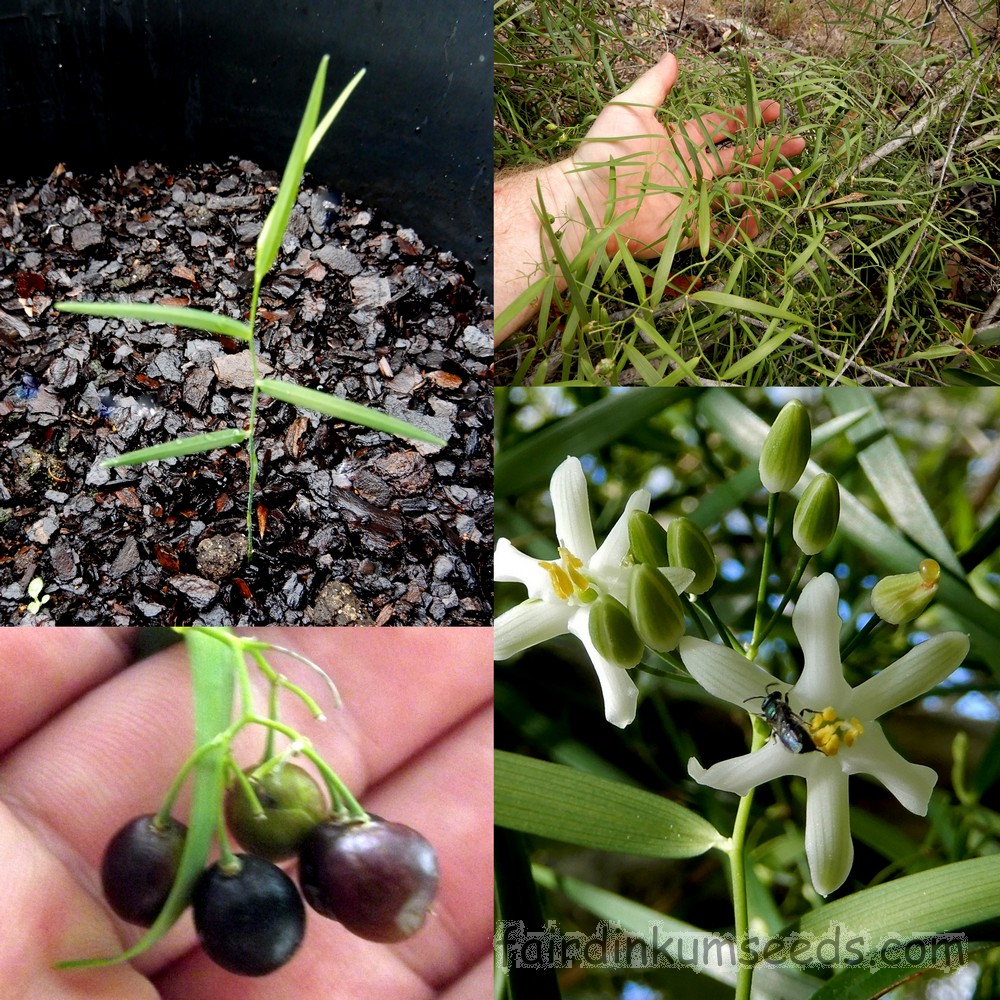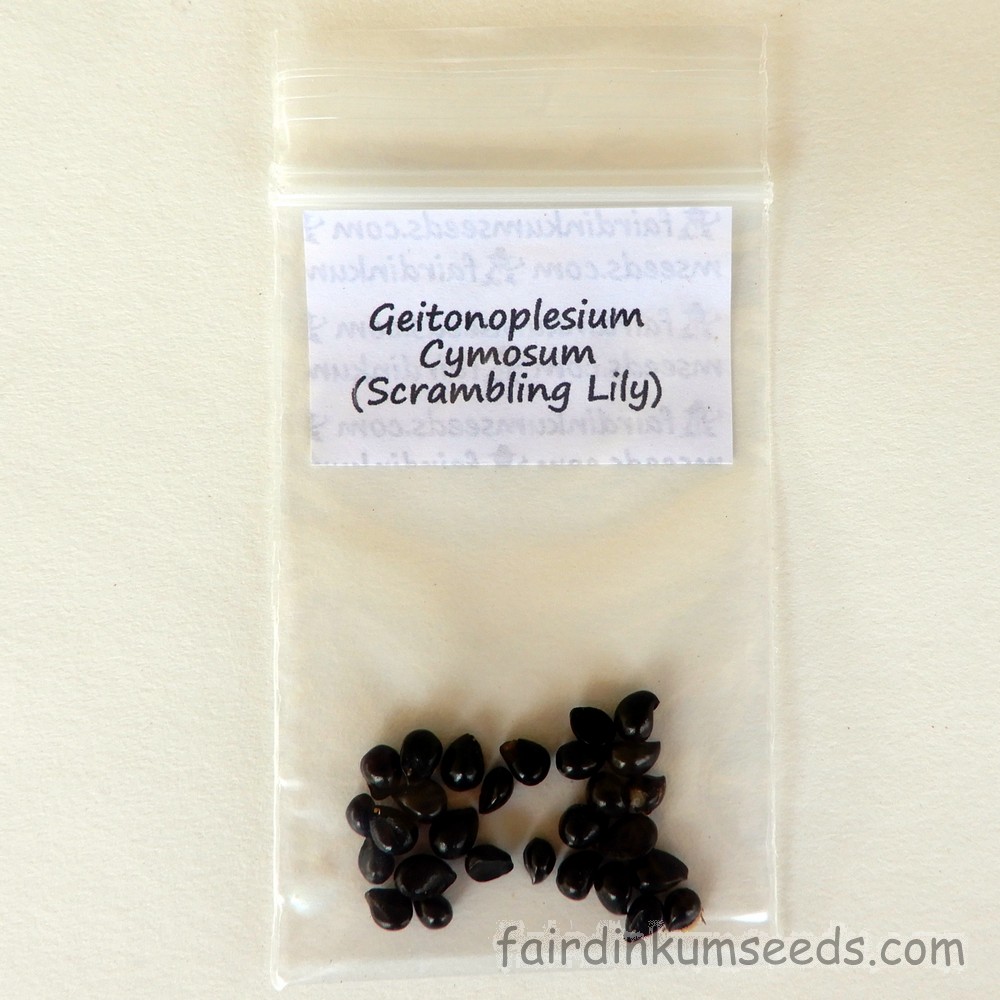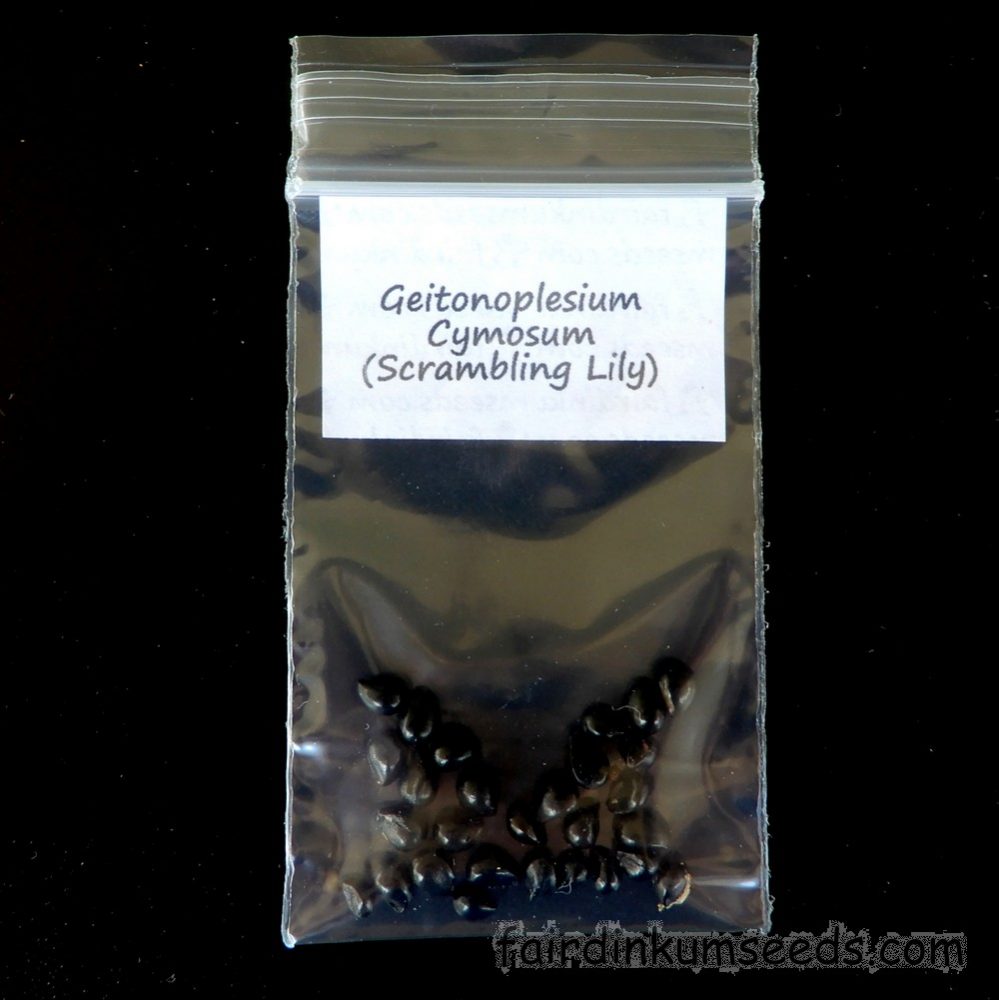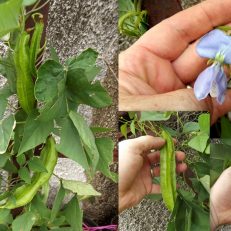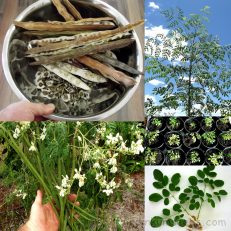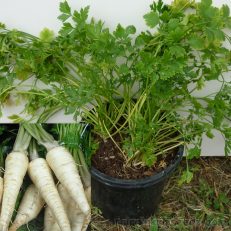Please read text!
Scrambling Lily Geitonoplesium Cymosum Seeds
Packet of 20+ home grown organic seeds!
While revegetation groups and native nurseries have a strong focus on planting trees and occasionally grasses too which is awesome, our native vines are just as important I reckon.
They provide lots of food for the birds, they help shade and hold the soil, retaining moisture and preventing erosion, and they just look cool I reckon.
As a bonus, many of them are useful and have edible parts.
This little fella has tiny edible new shoots that can eaten like asparagus.
You need a lot for a feed but if you cut the top off large established vines you can get a shoot here and there for ages.
The fruit are said to be edible too and the birds and possums definitely make the most of them here.
BUT, I personally reckon they taste pretty resinous and would have to be pretty hungry to be going back for seconds.
I have also seen some folks react very badly to them with an itching burning sensation in the throat which is a bit of a worry and quite stressful.
There is normally a delay of about 10mins before the reaction too which is troublesome.
I also strongly suspect there may have been confusion with the fruit of the Wombat Berry which is a very tasty and very similar looking native species, and I really wish this information was shared as widely as the “fruit is edible” bit is.
So yeah, eat the shoots, enjoy the flowers, probably avoid the fruits and leave them for the birds and critters, or if you do decide to eat some do it slowly and carefully, and with an understanding that it has risks.
Inability to breath is kind of a big deal I reckon….
This fella is a native to Australia, Norfolk Island, Lord Howe Island, New Guinea, the Philippines, Indonesia, Fiji, and New Caledonia, and it grows in a wide range of soil types.
On the mainland it is found all the way from Victoria, through New South Wales, right up to the tip of Queensland and it will handle freezing temperatures and frost without any issues, likewise with the 45c+ Summers.
It is nowhere near as aggressive as the weedy imported vines you see around the place, but it is super hardy and will survive severe dry conditions and flooding without any issues.
Germination is very simple, nearly 100%, but very slow.
All you do is put the seeds in a sandy soil mix and wait.
If you do that you should have a 30% germinate within 2 months.
The rest will come up here and there for up to a year.
BUT, if you in a hurry here is the answer.
In my experiments sprinkling my Australian Native Germination Stimulant on top of the soil brings gives me 90% within 2 months!
Likewise soaking in 1000ppm GA3 for 24hr before planting.
Scarification and damage of the seed coat only caused fungal infection and death in my experiments which is kind of unusual for such a hard glossy seed.
The strong wiry stems make great rope, fish traps and snare lines and even cutting them with a knife is very hard to do.
Because of the large global distribution and wide variation of leaf shapes it has been known by the following names over the years.
Eustrephus timorensis, Geitonoplesium asperum, Geitonoplesium cymosum f. album, Geitonoplesium cymosum f. cymosum, Geitonoplesium cymosum f. rubellum, Geitonoplesium cymosum subf. Asperum, Geitonoplesium cymosum subf. Cymosum, Geitonoplesium cymosum subf. Glabrum, Geitonoplesium cymosum subsp. Angustifolium, Geitonoplesium cymosum subsp. Cymosum, Geitonoplesium cymosum subsp. Macrophyllum, Geitonoplesium cymosum subvar. Cymosum, Geitonoplesium cymosum subvar. Firmum, Geitonoplesium cymosum subvar. Laxiflorum, Geitonoplesium cymosum var. cymosum, Geitonoplesium cymosum var. paniculatum, Geitonoplesium cymosum var. timorense, Geitonoplesium montanum, grass lily, Luzuriaga cymosa, Luzuriaga laxiflora, Luzuriaga montana, Luzuriaga timorensis, Medeola angustifolia, shepherd’s joy, among others.
It’s a great little native vine, the white flowers smell nice, the fruit feed the critters(or you if you are feeling brave), the shoots are edible cooked like asparagus, the plants tuberous roots hold the soil and prevent erosion, and the plant itself shades and cools the soil providing shelter for the surrounding plant and animal species too.
It’s a great native species and you should really plant a few.
Grown by me and the Mrs organically, no chems, no nasties, no problems!!!
